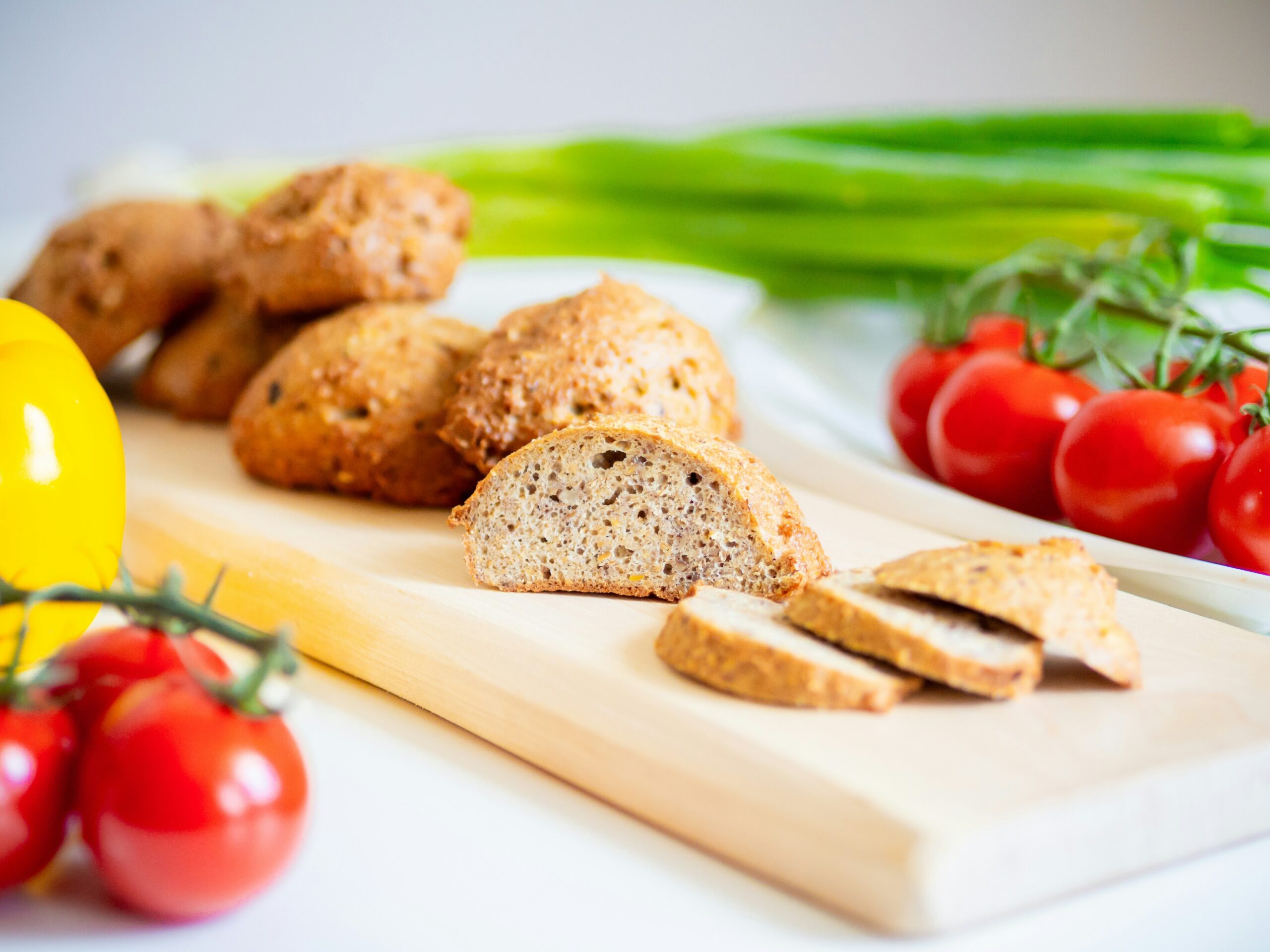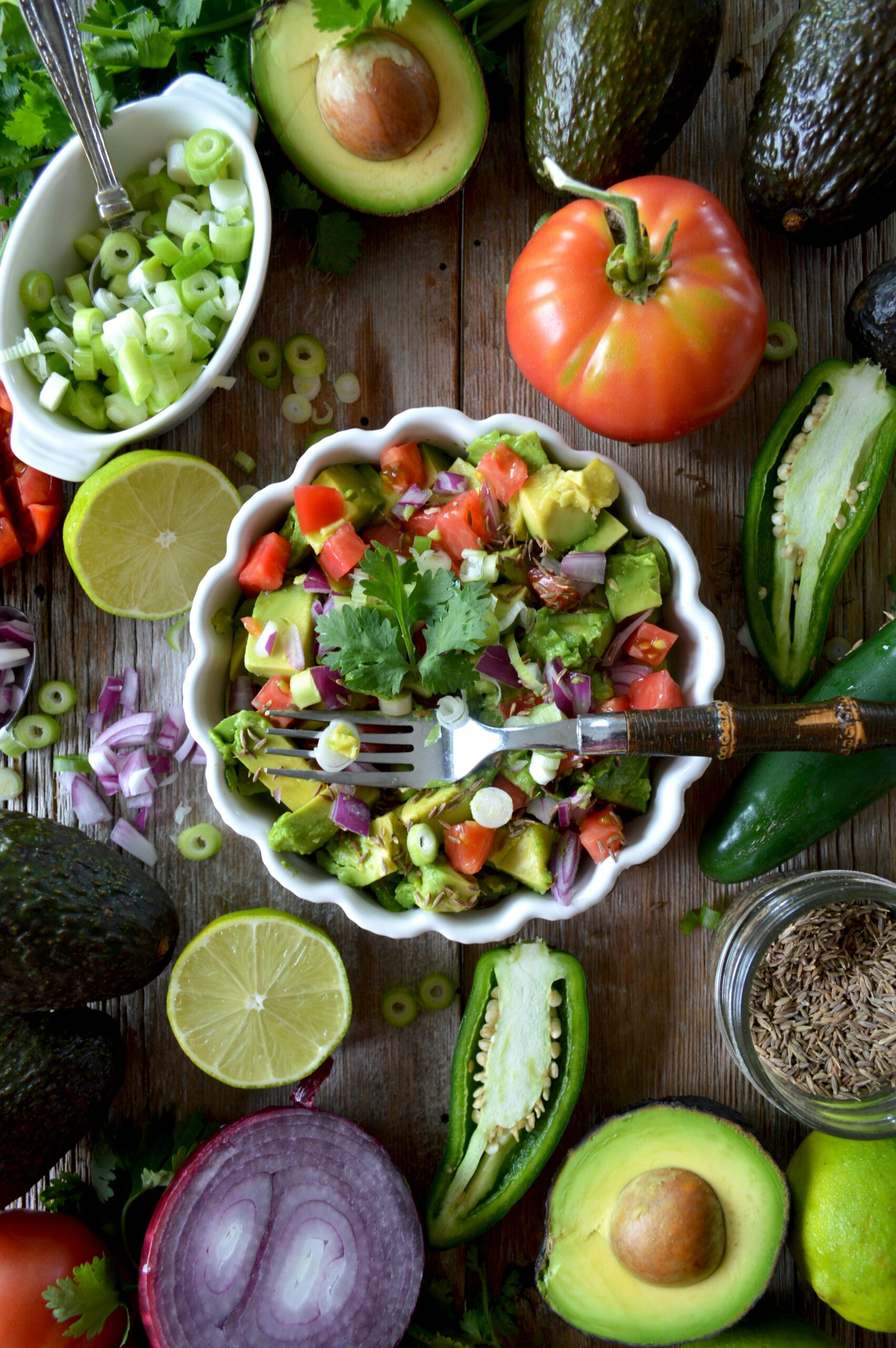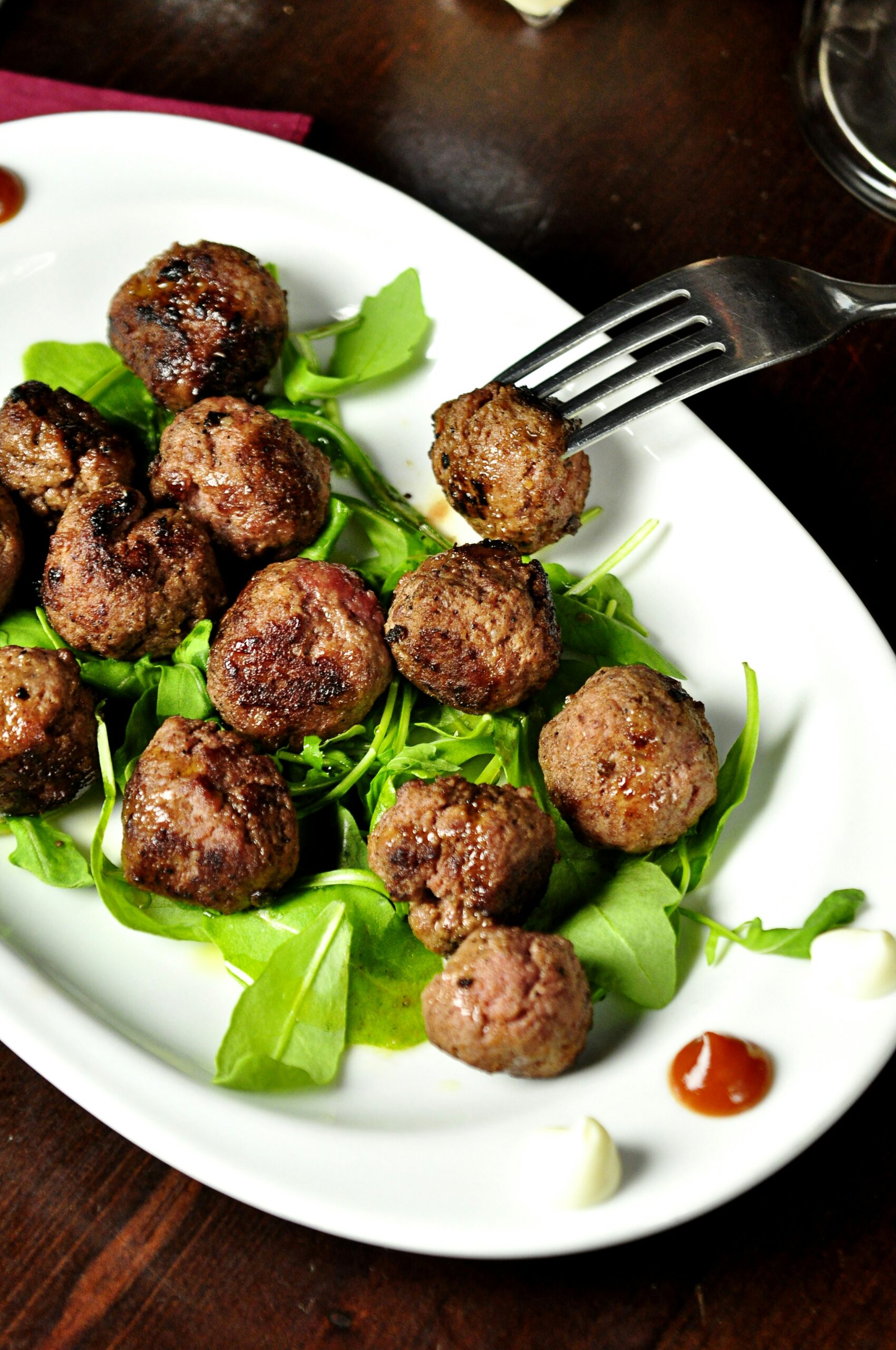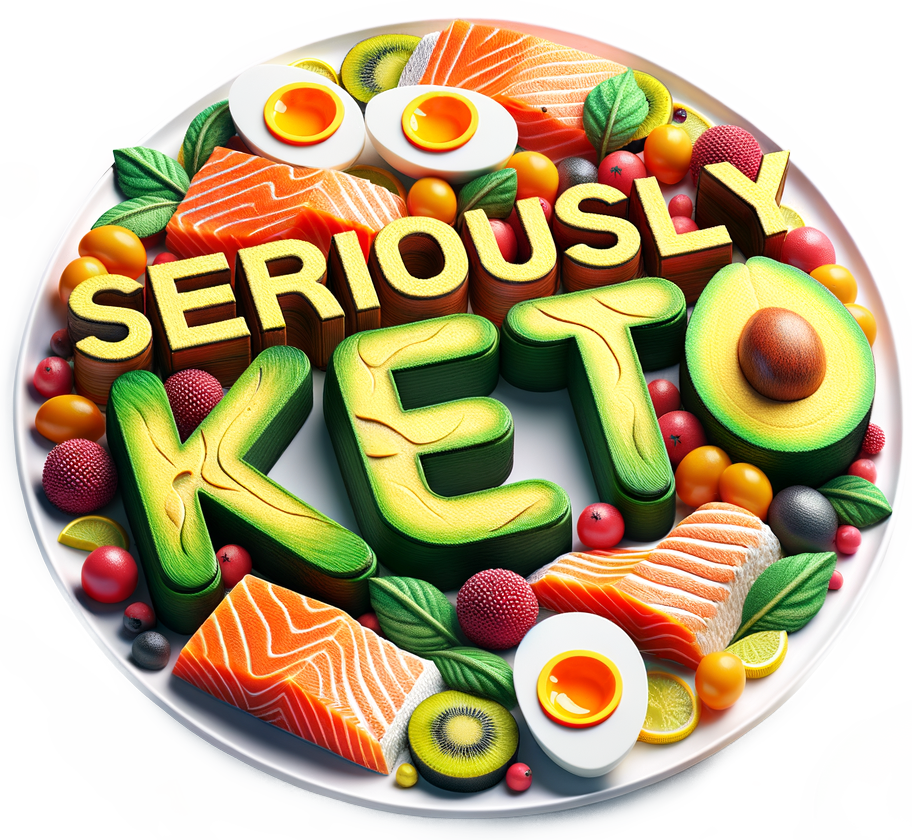Have you ever found yourself wondering what exactly a typical keto diet consists of? The ketogenic diet, often referred to as keto, has gained significant popularity over the years for its potential health benefits and unique approach to eating. But what does it actually entail? In this friendly exploration of the keto lifestyle, we’ll dig into its foundations, recommended foods, and how you can get started on your own keto journey. Sit back, relax, and feel free to ask yourself any additional questions along the way—let’s learn together!
Understanding the Keto Diet
The keto diet is a high-fat, low-carbohydrate eating plan designed to shift your body’s energy source from carbohydrates to fats. By drastically reducing carb intake and increasing fat consumption, the body enters a metabolic state called ketosis. In ketosis, your body becomes incredibly efficient at burning fat for energy, which can lead to several health benefits, including weight loss, improved mental focus, and heightened energy levels.
The Science Behind Keto
Let’s break down what happens inside your body when you’re in ketosis. Under normal circumstances, your body relies on glucose from carbohydrates for energy. When you significantly cut carbs, your body must find an alternative fuel source. It does this by converting fats into molecules called ketones, which serve as a new energy source. Achieving ketosis involves maintaining specific macronutrient ratios, which we’ll explore further.
Macronutrient Ratios
The macronutrient composition of the keto diet is one of its defining features. Unlike many other diets, keto focuses primarily on fat intake. A typical keto diet consists of approximately:
- 70-80% Fats: These are the primary energy source.
- 20-25% Protein: Moderate protein ensures muscle maintenance without affecting ketosis.
- 5-10% Carbohydrates: Limited carbs help sustain ketosis.
To put this into perspective, if you’re consuming an average of 2,000 calories per day, this might equate to 165 grams of fat, 75 grams of protein, and just 25 grams of carbohydrates.
Foods You Can Enjoy on a Keto Diet
Shifting to a keto diet involves more than counting carbs—it’s about discovering and enjoying new foods that align with your nutritional goals. Here are some categories of foods you’ll be focusing on:
High-Fat Foods
Your best friends on the keto diet are foods rich in healthy fats. Think beyond butter and oil—you can savor a variety of delicious and nutritious options like:
- Avocados: A versatile fruit that’s creamy and packed with heart-healthy fats.
- Nuts and Seeds: Almonds, walnuts, chia seeds, and flaxseeds can be great snacks or additions to meals.
- Olive Oil and Coconut Oil: Use these oils for cooking or as dressings.
- Cheese: Cheese provides fats and flavor; options like cheddar, mozzarella, and goat cheese are popular choices.
- Fatty Fish: Salmon, mackerel, and sardines offer rich omega-3 fatty acids.
Moderate-Protein Options
While emphasizing fats, you’ll also need moderate protein intake to help maintain muscle mass. Here’s a look at some keto-friendly protein sources:
- Eggs: A staple on keto, eggs are versatile and nutrient-dense.
- Meats: Opt for beef, chicken, pork, and lamb in proper portions.
- Seafood: Shellfish, shrimp, and other seafood choices are also excellent.
Low-Carbohydrate Vegetables
Vegetables shouldn’t be overlooked. Many low-carb veggies fit well into a ketogenic lifestyle:
- Leafy Greens: Spinach, kale, and Swiss chard are full of nutrients.
- Cruciferous Vegetables: Broccoli, cauliflower, and Brussels sprouts add texture and flavor.
- Zucchini and Bell Peppers: Both options are excellent for adding variety.
Avoid These High-Carb Foods
To remain in ketosis, it’s crucial to know which foods to avoid. Sugary and starchy foods often have high carbohydrate content and might disrupt your progress:
- Grains: Bread, rice, pasta, and cereals are typically too high in carbs.
- Sugars: Sweets, pastries, and sugary beverages are not keto-friendly.
- Starchy Vegetables: Limit potatoes, corn, and peas.
- Fruits High in Sugar: While berries might be enjoyed in moderation, fruits like bananas are often too high in sugar for keto.

Getting Started on the Keto Diet
Now that you have an idea of what a typical keto diet consists of, how do you get started? Transitioning to keto can be daunting, but here are some steps to ease into it:
Plan Your Meals
Meal planning is a helpful tool, ensuring that you stay on track and have keto-friendly foods available. Consider creating a weekly meal plan, experimenting with different recipes that focus on keto-approved ingredients.
Monitor Your Macros
Tracking your macronutrient intake is important for maintaining ketosis. Various apps and tools are available to help calculate your carbs, proteins, and fats, ensuring you meet your targets.
Stay Hydrated and Manage Electrolytes
As your body adapts to fewer carbohydrates, it may retain less water. Staying hydrated is critical, as is replenishing electrolytes. Bone broth, avocados, and leafy greens can be excellent sources.
Be Prepared for the “Keto Flu”
When transitioning to keto, you may experience temporary symptoms known as the “keto flu.” This can include fatigue, headaches, and irritability—usually subsiding after a few days. Staying hydrated and getting enough rest can help mitigate these symptoms.
Benefits of a Keto Diet
Following a keto diet can present a range of benefits beyond potential weight loss. Here are some advantages often associated with keto:
Enhanced Weight Loss
Ketosis can lead to more efficient fat burning, potentially supporting weight loss goals. Furthermore, the satiating effects of fats and proteins can help reduce overall calorie intake.
Improved Energy Levels
Once adapted, many people report steady energy throughout the day. Without the carbohydrate spikes and crashes, you may find a more consistent energy flow.
Better Mental Focus
Ketones are known to provide sustained energy to the brain, which could lead to improved mental clarity and focus for some people.
Health Benefits
Emerging research suggests potential therapeutic benefits for specific conditions like epilepsy, type 2 diabetes, and certain neurological disorders. However, further research is required, and medical consultation is recommended before starting the diet for these purposes.

Potential Challenges and Considerations
As with any diet, there are considerations and potential challenges involved with keto. Being aware of these can help you approach the diet with eyes wide open:
Dietary Restrictions
Restricting carbohydrates might seem limiting, but creativity can help you enjoy meals without missing out on flavor or variety.
Social and Lifestyle Adaptation
Social gatherings and restaurant dining can be challenging when you’re mindful of carb intake. Communicating your dietary needs or planning in advance can ease this transition.
Monitoring Health Markers
Regularly monitor your health markers, particularly if you’re planning to use the keto diet for a medical condition. Work closely with healthcare professionals to track your progress and adapt your diet as necessary.
Long-Term Sustainability
Some people find that keto is not a long-term solution, but rather a temporary reset. Listen to your body’s needs and determine if or when transitioning to a more balanced diet might suit you.
Sample Keto Meal Plan
To give you a clearer picture of what a day on keto might look like, here’s a simple sample meal plan:
Breakfast
- Scrambled Eggs with Spinach and Cheese
- Coffee with heavy cream or a dollop of coconut oil
Lunch
- Grilled Chicken Salad with Avocado and Olive Oil Dressing
- A handful of mixed nuts
Dinner
- Baked Salmon with Asparagus and Butter
- Cauliflower mash seasoned with herbs
Snacks
- A few celery sticks with almond butter
- A small serving of berries in moderation

Conclusion
The keto diet offers a unique approach to eating that many people find beneficial for weight management, energy, and overall wellness. Whether it’s your first time exploring keto or you’re considering revisiting it, understanding its core concepts, foods to enjoy, and strategies for success can make all the difference.
Remember, every individual’s journey is unique. Listen to your body, remain open to adjustments, and seek professional advice when necessary. With the right preparation and mindset, you might just uncover a dietary lifestyle that supports your personal goals and well-being.
Now, equipped with a comprehensive understanding of what a typical keto diet consists of, are you ready to begin your own keto adventure?

